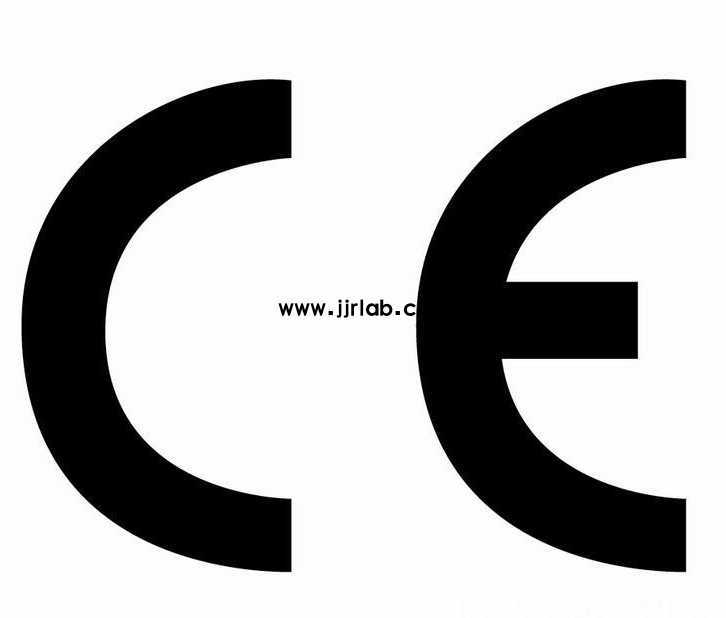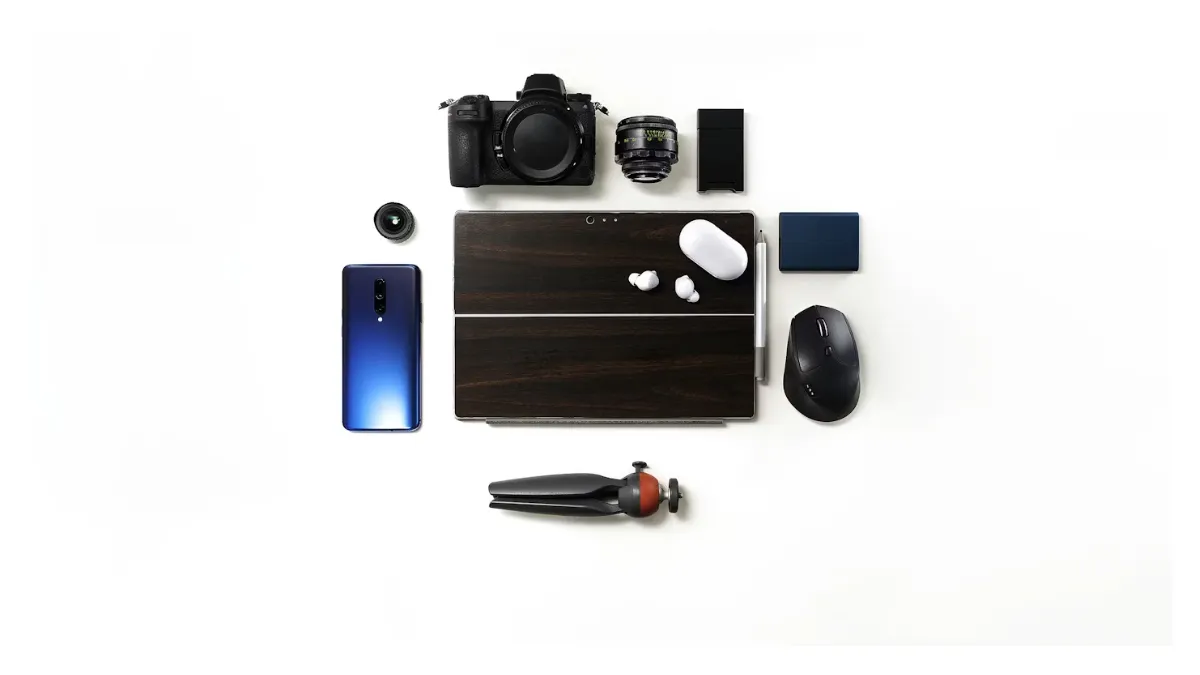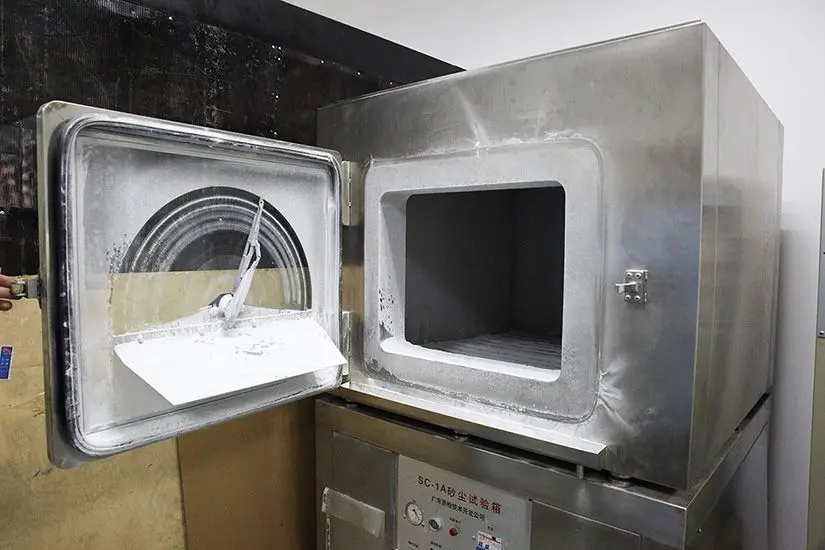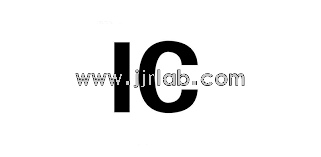
LED Lighting Regulations and Compliance in the USA
LED lighting products manufactuRED or imported for sale in the United States must comply with a range of mandatory regULations and technical standards. Additionally, while many industry norms are considered voluntary, they are often essential for market access and platform approval—effectively making them de facto requirements.
Overview of Contents
a. 47 CFR Part 15 – Radio Frequency Devices
b. 16 CFR Part 1120 – Seasonal and Decorative Lighting
c. 10 CFR Part 430 – Energy Efficiency Requirements
d. 10 CFR Part 429 – Certification and Compliance
e. 16 CFR Part 305 – Energy Labeling
f. UL Safety Standards
g. RoHS Substance Restrictions
h. Laboratory Testing
i. Common Testing Agencies
j. Other Regulatory Requirements
k. Risk Warnings
Free Consultation Service
You may schedule a 30-minute free consultationwith Ivan Malloci for expert support, including:
a. Regulatory Requirement Analysis
b. Certification Process Guidance
c. Laboratory Testing Recommendations
d. Compliance Strategy Evaluation
1. 47 CFR Part 15 – Radio Frequency Devices
This regulation covers devices that emit radio frequency (RF) energy between 9 kHz and 3 GHz. LED lights are typically considered unintentional radiatorsunder this rule.
Requirements for Unintentional Radiators:
a. Follow the sdoc (Supplier’s Declaration of Conformity) process
b. Conduct lab testing to verify fcc compliance
c. Provide technical documentation, user manuals, and SDoC statements
d. Label must include FCC compliance statement
Requirements for Intentional Radiators (e.g., Wi-Fi/Bluetooth enabled):
a. Complete TCB (Telecommunication Certification Body) certification
b. Testing per ANSI C63.10 or related standards
c. Submit technical files and test reports
d. Label must display fcc id and other compliance marks
16 CFR Part 1120 – Seasonal and Decorative Lighting
Applies to decorative lighting products with the following characteristics:
a. Nominal voltage: 120V
b. Portable and for temporary use
c. Plug-in connection
Examples Include:
a. Star lights, wreaths
b. Light sculptures, plastic blow molds
c. Flameless candles, animated figures
Excluded Products:
a. Battery-operated or solar-powered items
b. Low-voltage powered products
c. Portable lights with illumination functions
Compliance Standard:
Must meet UL 588safety requirements (wire gauge, strain relief, overcurrent protection, etc.)
10 CFR Part 430 – Energy Efficiency Standards
Under the Energy Policy and Conservation Act (EPCA), this regulation establishes uniform test procedures for LED and OLED lighting products.
Testing Covers:
a. Input power
b. Luminous flux (lumens)
c. Efficacy (lm/W)
d. Correlated color temperature (CCT)
e. Power factor
f. Lifetime (failure time)
g. Standby mode power consumption
10 CFR Part 429 – Certification and Reporting
Manufacturers must submit a certification reportcontaining:
a. Product type and class
b. Manufacturer and private labeler names and addresses
c. Basic and manufacturer model numbers
d. Sales status (active or discontinued)
e. Number of units tested
f. Relevant technical parameters
16 CFR Part 305 – Energy Labeling Requirements
LED and OLED lamps classified as general service lamps must carry an energy labelwith the following data:
a. Brightness (lumens)
b. Estimated annual energy cost (in kWh)
c. Rated life (in years)
d. Light appearance (CCT)
e. Power consumption (watts)
f. Design voltage (if not 120V)
g. “Contains Mercury” label (if applicable)
UL Safety Standards (Voluntary but Widely Enforced)
While UL standardsare not legally mandatory:
a. Major platforms like Amazon may require compliance
b. Manufacturers are liable for consumer safety
c. These are industry norms in practical terms
Common UL Standards:
a. UL 8750– For general LED lighting components
b. UL 8753– For replaceable LED light engines
c. UL 588– For seasonal/decorative lighting safety
RoHS – Restriction of Hazardous Substances
Several U.S. states (e.g., California, New Jersey, Illinois) enforce rohs-based laws restricting hazardous substances in electronics.
Typical Restricted Substances and Limits:
a. Lead: < 0.1%
b. Cadmium: < 0.01%
c. Mercury, Hexavalent Chromium, PBDEs, PBBs: < 0.1%
Laboratory Testing Requirements
Testing requirements vary by regulation and platform, including:
a. Electromagnetic Compatibility (EMC)
b. Electrical and Mechanical Safety
c. Energy Performance Validation
d. CheMICal Testing (RoHS)
Common Testing Agencies (U.S.)
Leading testing providers in the U.S. for LED lighting products include:
1. JJR Lab (Recommended)
2. SGS
3. TÜV
4. CSA Group
Other Requirements and Regulations
Country of Origin Marking:
Products must indicate manufacturing origin, e.g., “Made in China”.
TSCA (Toxic Substances Control Act):
a. Controls PBT substances often found in plastics
b. Requires composition testing and declaration
California Prop 65:
a. Restricts toxic substances like phthalates and cadmium
b. Requires warning labels or redesign if thresholds are exceeded
Risk Warning
Many LED products manufactured overseas:
a. Lack UL or fcc testing
b. Have non-compliant or missing energy labels
c. Are designed for non-U.S. markets and may not meet U.S. standards
Recommendations:
a. Work with manufacturers familiar with U.S. compliance
b. Conduct third-party testing before shipment
c. Never assume products are “automatically compliant”
Email:hello@jjrlab.com
Write your message here and send it to us
 Amazon ISO/IEC 17025 UL Testing Service Laboratory
Amazon ISO/IEC 17025 UL Testing Service Laboratory
 How to get CE Certification for Lighting Products?
How to get CE Certification for Lighting Products?
 CE Certification Standards & Process for Elect
CE Certification Standards & Process for Elect
 Japan METI Registration & Japanese Agent Servi
Japan METI Registration & Japanese Agent Servi
 Temperature Shock Test (IEC 60068-2-14:2009)
Temperature Shock Test (IEC 60068-2-14:2009)
 Electromagnetic Compatibility (EMC) Testing Servic
Electromagnetic Compatibility (EMC) Testing Servic
 Canada ISED Certification (IC Certification) Analy
Canada ISED Certification (IC Certification) Analy
 CSA C22.2 No.42 Compliance Test Report for Amazon
CSA C22.2 No.42 Compliance Test Report for Amazon
Leave us a message
24-hour online customer service at any time to respond, so that you worry!




